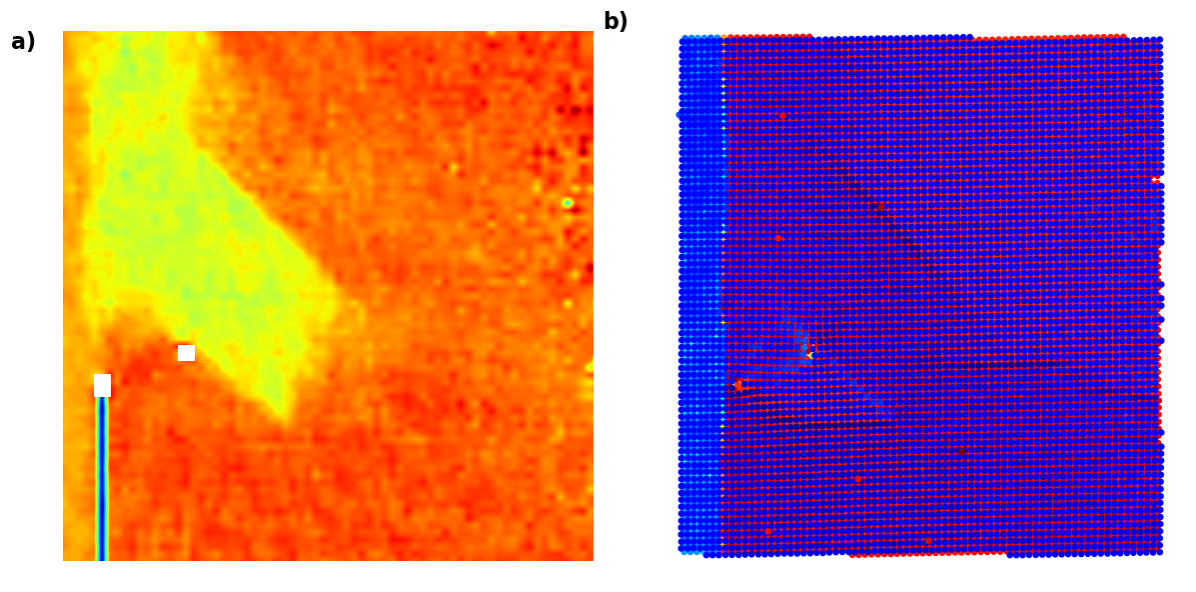Conditional Rotationally Invariant VAE
In this chapter, we introduce the conditional rotational Variational Autoencoder (CrVAE), a model that combines the principles of conditional encoding and rotational decomposition to achieve a more interpretable representation of physical systems. The CrVAE leverages a latent vector for capturing intrinsic variations, a rotation vector to encode orientation, and incorporates conditional information, such as cation type, to account for system-specific variations. This approach enables the disentanglement of latent factors while preserving the physical and chemical distinctiveness of the system components.
The clear separations and clustering in the latent space reflect the incorporation of physical constraints and rotational invariances.ß
The analysis reveals that domain walls, with distinct rotational orientations, are strongly influenced by both unit cell rotation and the conditional variable representing cation type. This highlights the CrVAE’s ability to incorporate external physical constraints to uncover meaningful relationships within the data.



